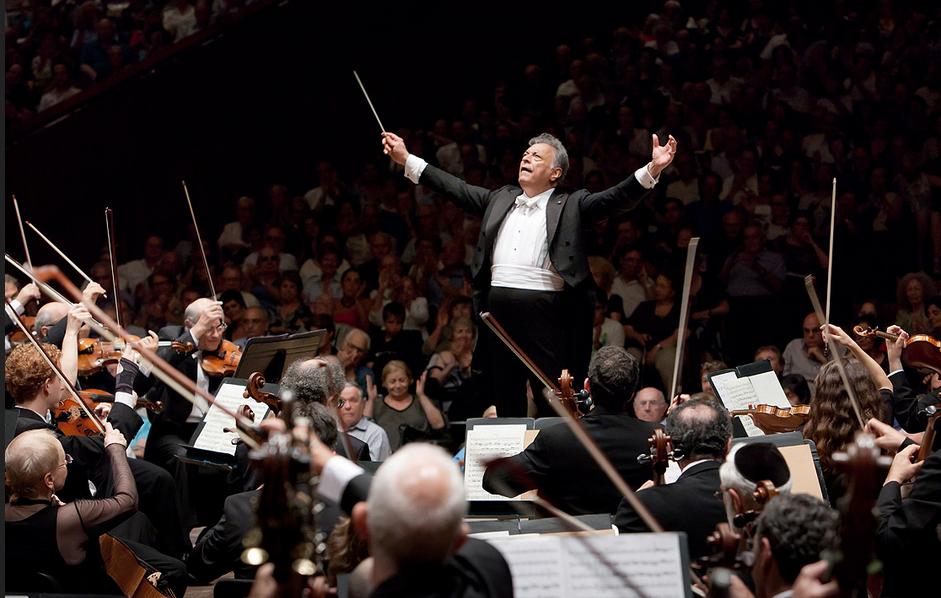A511.5.3 - Mid-Term Reflection
In a TED Talk entitled Itay Talgam: Lead like the Great Conductors (Talgam, 2009), Talgam demonstrated various different leadership styles by showing different styles of orchestra conductors. The conductors’ styles closely resemble four common styles of leadership. In 1939 psychologist Kurt Lewin identified three major leadership styles, authoritarian, democratic, and laissez-faire. Further research has since identified additional styles, including the bureaucratic style, but Lewin’s three styles established the foundation of leadership style research (Cherry, 2013).
The authoritarian or autocratic style is characterized by a leader who sets clear expectations of what should be done, how it should be done, and when it should be done. This type of leader makes decisions with little or no input from others. Autocratic leadership can be beneficial when decisions need to be made quickly and there is not time to seek group opinion, or in times of crisis were people are seeking strong leadership and direction. However, autocratic leadership tends to stifle group creativity and group member engagement (Cherry, 2013). Riccardo Muti conducted his orchestra much like and autocratic leader. He declared, “I am responsible!” (Talgam, 2009). Ultimately, however, the orchestra members formed a petition that led to Muti being removed from his position. Orchestra members complained that he did not allow them to develop personally.
The second major leadership style identified by Lewin is the democratic or participative style. In the democratic leadership style group members are encouraged to share their opinions and ideas about how the work is to be done or how the task should to be accomplished. Because group members are encouraged to share their ideas and opinions, democratic leadership frequently leads to better ideas and more creative solutions than the authoritative leadership style (Cherry, 2013). Researchers have suggested that the democratic leadership style “is usually one of the most effective and leads to higher productivity, better contributions from group members, and increased group morale” (Cherry, 2013). However, democratic leadership can take too long to generate adequate ideas when time is of the essence. Carlos Kleiber conducted his orchestra in what can be compared to a democratic style. He recognized that success “comes from enabling other people’s stories to be heard” (Talgam, 2009). Individual orchestra members were allowed a certain amount of autonomy, which increased creativity and the pride they felt in their work. Control was still maintained by Kleiber, and correction was given in supportive ways. Talgam (2009) indicated that Kleiber “Creates a process and the conditions in which the process takes place.” Democratic leaders help their teams do just that.
The third major leadership style identified by Lewin is called laissez-faire, or delegative leadership. Leaders who use this style are hands-off and expect individual group members to use autonomy to make most of the decisions related to their job tasks. Leaders are in place primarily to provide the tools and resources needed to accomplish the task and to foster the environment wherein the task can be accomplished or the creativity enhanced (Cherry, 2013). Laissez-faire leadership can be effective in groups where members are highly skilled and motivated to accomplish their task. However, deadlines can be missed if the team needs more guidance than is provided. The conducting style of Herbert von Karajen was analogous to the laissez-faire leadership style. Very little specific instruction was given, and orchestra members had to work together diligently to ensure they were in harmony.
One additional leadership style identified since Lewin’s initial research is the bureaucratic style. Bureaucratic leadership is leadership “by the book” (Cherry, 2013). Tasks must be accomplished in accordance with established policy and procedure. There is little to no room for creativity. This leadership style is most effective when employees are performing routine tasks repeatedly, or certain procedures must be understood and adhered to for successful outcomes. However, the bureaucratic leadership style can cause disengagement and boredom (Cherry, 2013). Talgam indicated that the conducting style of Richard Strauss was comparable to bureaucratic leadership. His style was “Let it happen by itself, do not interfere” (Talgam, 2009). He expected the orchestra to play “by the book, execution only, no interpretation” (Talgam, 2009).
Although there are many different theories that have been developed explaining what leadership is and how it happens, it seems that leadership in the real world is not isolated to just one theory or style. The best leaders that I have had the opportunity to work with seem to have traits that make others want to follow them; they have a certain charisma. They also generally have certain skills or abilities that contribute to their ability to lead. One good friend of mine has an incredible ability to tell stories and use personal experiences to engage others and persuade people to perform at the best of their ability. The best leaders I have worked with seem to have an intuitive understanding of the situation in which they are leading, and they are adept at modifying their leadership style to match the context in which they work. They seem to care for each of their followers as a person, and work to ensure they have a good relationship with each. The best leaders I have worked with seem to be able to roll all of the leadership styles and theories into one unique leadership style.
References
Cherry, K. (2013). Leadership styles. Retrieved from http://myweb.astate.edu/sbounds/AP/2%20Leadership%20Styles.pdf
Talgam, I. (2009, October 21). Itay Talgam: Lead like the great conductors [Video file]. Retrieved from https://youtu.be/R9g3Q-qvtss



Comments
Post a Comment